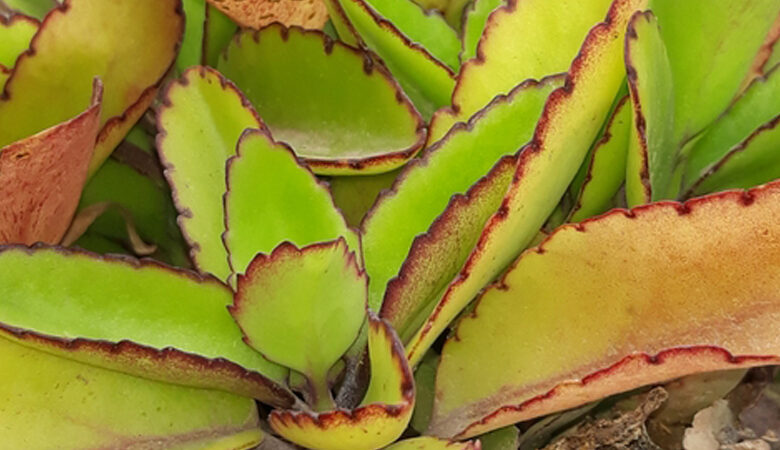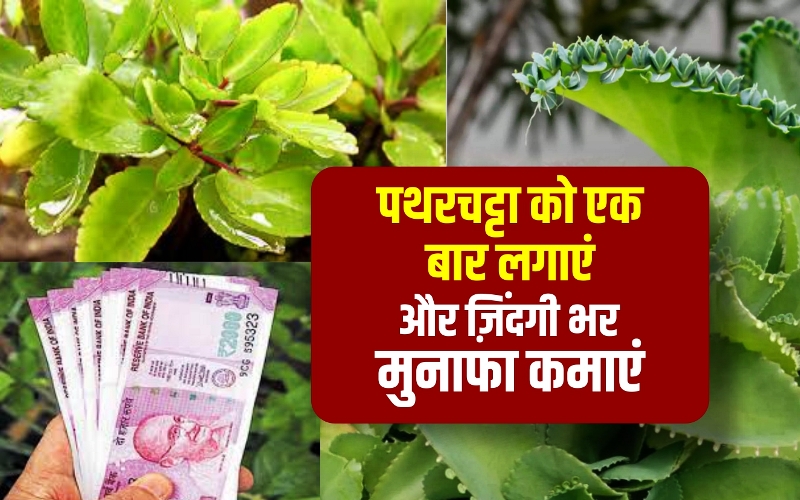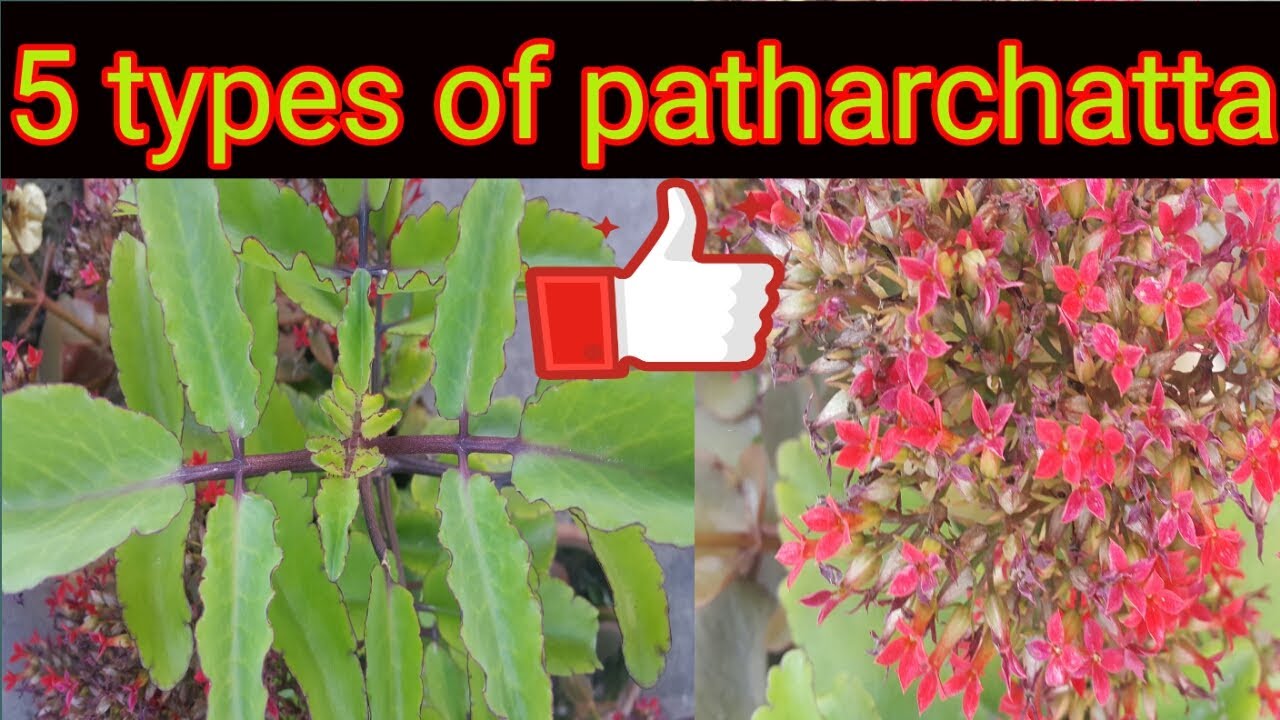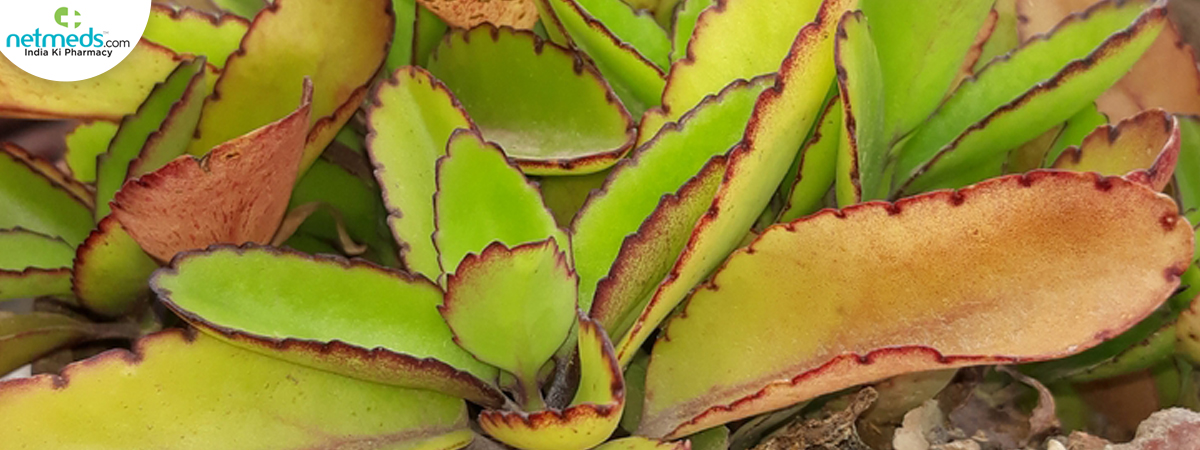
Health Benefits of Patharchatta
Health benefits of Patharchatta: Have you ever heard of this fascinating plant? It’s time to explore the potential health advantages of this often-overlooked botanical wonder. From its intriguing origins and traditional uses to its nutritional profile and potential impact on various aspects of your well-being, we’ll delve into the world of Patharchatta and uncover its secrets. Prepare to be surprised by the wealth of potential this plant holds!
This exploration will cover everything from Patharchatta’s nutritional composition, including its vitamins and minerals, to its traditional medicinal applications and potential benefits for digestion, cardiovascular health, and immune function. We’ll also address potential risks and precautions, ensuring you have a complete understanding before incorporating it into your diet or wellness routine. Get ready for a fascinating journey into the world of natural health!
Introduction to Patharchatta

Source: b-cdn.net
Patharchatta, also known as Bryophyllum pinnatum*, is a succulent plant with a rich history and diverse traditional uses spanning various cultures. Its origins are traced back to Madagascar, but it has naturalized in many tropical and subtropical regions around the world, becoming a common sight in home gardens and traditional medicine practices. For centuries, it’s been valued for its purported medicinal properties and has held a significant place in folk remedies.Patharchatta’s widespread adoption stems from its ease of propagation and its perceived effectiveness in treating a range of ailments.
Its leaves, stems, and roots have all been used in various preparations, reflecting the diverse ways different communities have integrated this plant into their healthcare systems. The plant’s remarkable ability to reproduce vegetatively, producing plantlets along its leaf margins, contributes to its abundance and accessibility.
Botanical Description of Patharchatta
Patharchatta is a robust, perennial succulent belonging to the Crassulaceae family. It typically grows as a sprawling herb, reaching heights of up to 1 meter, though it can become somewhat taller under ideal conditions. The stems are fleshy and somewhat succulent, often branching near the base. The leaves are the most distinctive feature; they are oppositely arranged, pinnately compound, meaning they are divided into numerous leaflets along a central axis.
These leaflets are ovate to oblong, with serrated edges and a slightly fleshy texture. The leaves are a vibrant green, sometimes with a reddish tinge, particularly when exposed to intense sunlight. The flowers are pendulous, tubular, and usually a reddish-orange or greenish-yellow color, appearing in terminal racemes. The plant’s ability to produce numerous plantlets along the leaf margins is a key characteristic, facilitating its rapid vegetative propagation.
These plantlets easily detach and root, giving rise to new plants. The root system is fibrous, spreading horizontally beneath the soil surface.
Nutritional Composition of Patharchatta

Source: ytimg.com
Patharchatta, also known as stone flower, boasts a nutritional profile that contributes to its reputation as a healthful food. While precise nutritional data can vary based on growing conditions and preparation methods, a general understanding of its macronutrient and micronutrient content provides valuable insight into its health benefits. Understanding this composition allows us to appreciate its role in a balanced diet.
Macronutrient Profile of Patharchatta
Patharchatta is primarily composed of carbohydrates, providing a source of energy. The exact percentage of carbohydrates can fluctuate, but it generally constitutes a significant portion of its overall composition. Protein content is relatively moderate, contributing to tissue repair and growth. Fat content is typically low, making it a suitable option for those watching their fat intake. Further research is needed to provide more precise quantitative data on the macronutrient breakdown.
Patharchatta, with its potential to lower blood pressure and improve circulation, offers some promising health benefits. However, it’s crucial to remember that high blood pressure is one of the many risk factors that make stroke more dangerous , so maintaining a healthy lifestyle is key. Therefore, while patharchatta might contribute positively, it shouldn’t replace professional medical advice and a holistic approach to preventing stroke.
However, its overall low-fat, moderate-protein, and high-carbohydrate profile suggests it fits well into many dietary plans.
Micronutrients in Patharchatta
Patharchatta is a source of several essential vitamins and minerals. These micronutrients play crucial roles in various bodily functions, contributing to overall health and well-being. While precise quantities require further detailed analysis, preliminary findings suggest the presence of vitamins like vitamin C (an antioxidant), various B vitamins (important for energy metabolism), and potentially other beneficial vitamins. Minerals such as iron (essential for red blood cell production), calcium (important for bone health), and potassium (involved in fluid balance) are also likely present.
The specific quantities of these micronutrients require more extensive research and standardized testing.
Comparison of Patharchatta’s Nutritional Content with Similar Foods
To better understand Patharchatta’s nutritional value, let’s compare it to other commonly consumed foods. Keep in mind that these values are approximate and can vary depending on factors like growing conditions and preparation methods. Further research is needed to establish precise and standardized nutritional data for Patharchatta.
| Nutrient | Patharchatta (Approximate) | Spinach (per 100g) | Kale (per 100g) | Broccoli (per 100g) |
|---|---|---|---|---|
| Carbohydrates (g) | High (requires further analysis) | 3.6 | 7.0 | 7.0 |
| Protein (g) | Moderate (requires further analysis) | 2.9 | 4.3 | 2.8 |
| Fat (g) | Low (requires further analysis) | 0.4 | 0.6 | 0.4 |
| Vitamin C (mg) | Present (quantity requires further analysis) | 59.6 | 120 | 51 |
| Iron (mg) | Present (quantity requires further analysis) | 2.7 | 1.0 | 0.5 |
| Calcium (mg) | Present (quantity requires further analysis) | 99 | 150 | 47 |
Potential Health Benefits of Patharchatta
Patharchatta, with its unique nutritional profile, holds promise for various health benefits. While research on this specific plant is still limited, its rich composition of vitamins, minerals, and bioactive compounds suggests potential positive impacts on several aspects of well-being. This section explores some of the potential health benefits based on its known nutritional content and comparisons to similar plants with established health benefits.
Digestive Health Benefits of Patharchatta
The high fiber content in Patharchatta is likely to contribute to improved digestive health. Fiber promotes regular bowel movements, preventing constipation and supporting a healthy gut microbiome. The bulk-forming nature of fiber also helps to increase satiety, potentially aiding in weight management. Furthermore, certain compounds in Patharchatta may have prebiotic properties, nourishing beneficial bacteria in the gut and further enhancing digestive function.
This is similar to the effects seen with other high-fiber foods like oats and legumes.
Cardiovascular Health and Patharchatta
Patharchatta’s potential contribution to cardiovascular health is linked to its mineral content, particularly potassium. Potassium plays a vital role in regulating blood pressure by counteracting the effects of sodium. A diet rich in potassium is often associated with a reduced risk of hypertension and stroke. Furthermore, the presence of antioxidants in Patharchatta may help protect against oxidative stress, a known contributor to heart disease.
This antioxidant effect is similar to that observed in other plant-based foods rich in polyphenols. However, more research is needed to specifically quantify the cardiovascular benefits of Patharchatta.
Patharchatta and Immune System Function
The vitamin C and other antioxidants found in Patharchatta may contribute to a strengthened immune system. Vitamin C is crucial for immune cell function and the production of antibodies. Antioxidants help protect cells from damage caused by free radicals, which can weaken the immune system. While more direct research on Patharchatta’s impact on immunity is needed, its nutritional profile suggests a potential positive role in immune support, mirroring the benefits seen with other antioxidant-rich fruits and vegetables.
Impact of Patharchatta on Blood Sugar Levels
The fiber content in Patharchatta may contribute to better blood sugar control. Fiber slows down the absorption of glucose into the bloodstream, preventing rapid spikes in blood sugar levels. This effect is consistent with the known benefits of high-fiber foods in managing type 2 diabetes. However, specific studies on Patharchatta and blood sugar regulation are lacking, and further research is required to confirm this potential benefit.
It’s important to note that while Patharchatta may help, it should not be considered a replacement for medical treatment for diabetes.
Traditional Medicinal Uses of Patharchatta
Patharchatta, with its long history in various traditional medicine systems, holds a significant place in the cultural heritage of many regions. Its use extends far beyond modern scientific research, rooted in centuries of anecdotal evidence and passed-down practices. Understanding these traditional applications provides valuable context for interpreting current research and appreciating the plant’s multifaceted role in healthcare.Traditional uses of Patharchatta vary considerably depending on the specific culture and geographical location.
However, several common themes emerge, reflecting a consistent belief in the plant’s medicinal properties. These applications often involve the use of different parts of the plant, prepared in various ways to target specific ailments.
Traditional Preparations of Patharchatta
The preparation methods for Patharchatta in traditional medicine are diverse and often involve simple, readily available ingredients. The specific method used frequently depends on the intended use and the ailment being treated.
- Decoctions: Patharchatta is often boiled in water to create a tea-like decoction. This is then consumed to address digestive issues or as a general tonic.
- Pastes: The leaves or roots of Patharchatta are sometimes ground into a paste, applied topically to treat skin conditions like wounds or inflammation.
- Powders: Dried and powdered Patharchatta is sometimes ingested, either alone or mixed with other herbs, to address various health concerns. The dosage varies widely depending on the tradition and the specific ailment.
- Extracts: In some traditional practices, extracts are made from Patharchatta, often using alcohol or oil as a solvent. These extracts may be used topically or internally, depending on the preparation and intended use.
Anecdotal Evidence of Patharchatta’s Traditional Uses
While scientific research on Patharchatta is ongoing, numerous anecdotal accounts exist across various cultures, supporting its traditional medicinal uses. These accounts, passed down through generations, often describe the plant’s efficacy in treating a wide range of conditions. For instance, in some communities, Patharchatta decoction is traditionally used to alleviate symptoms of indigestion and improve digestion. Similarly, topical application of Patharchatta paste is anecdotally reported to help with wound healing and reduce skin inflammation.
Patharchatta, with its rich mineral content, is touted for boosting fertility and overall wellness. Thinking about future family planning? It’s fascinating to see how celebrities like Karishma Mehta are proactively managing their reproductive health, as highlighted in this article about egg freezing: karishma mehta gets her eggs frozen know risks associated with egg freezing. Ultimately, maintaining a healthy lifestyle, including a balanced diet potentially incorporating the benefits of patharchatta, is key for both present and future well-being.
It’s crucial to remember that these are anecdotal reports and not a substitute for scientific evidence. Further research is needed to validate these claims rigorously. However, these traditional practices highlight the long-standing belief in the plant’s therapeutic potential.
Potential Risks and Precautions

Source: netmeds.com
While Patharchatta, or Phyllanthus niruri*, offers a range of potential health benefits, it’s crucial to understand that its use isn’t without potential risks. Like any herbal remedy, it’s important to approach its consumption with caution and awareness of possible side effects and interactions. This section will Artikel potential concerns and offer guidance on safe usage.Patharchatta, due to its potent bioactive compounds, may interact with certain medications or cause adverse reactions in some individuals.
While generally considered safe when consumed in moderate amounts, excessive intake or improper use can lead to unforeseen consequences. Therefore, informed and responsible consumption is key.
Potential Side Effects
Some individuals may experience mild side effects after consuming Patharchatta, though these are generally infrequent and temporary. Reported side effects can include mild gastrointestinal upset, such as nausea, diarrhea, or stomach cramps. These effects are usually mild and resolve on their own. However, if severe or persistent symptoms occur, discontinuing use and consulting a healthcare professional is recommended.
The intensity of these side effects may vary depending on the dosage and individual sensitivity. For instance, a higher concentration extract might be more likely to cause digestive discomfort than a lower concentration tea.
Drug Interactions, Health benefits of patharchatta
Patharchatta may interact with certain medications, particularly those affecting liver function or blood sugar levels. Due to its potential impact on liver enzymes, concurrent use with medications metabolized by the liver could alter their efficacy or increase the risk of side effects. Similarly, its blood sugar-lowering properties might interact negatively with diabetes medications, potentially leading to hypoglycemia. It is essential to consult a physician or pharmacist before using Patharchatta if you are currently taking any medications, especially those mentioned above.
This precaution is vital to avoid potentially harmful interactions and ensure safe and effective treatment. For example, concurrent use with anticoagulants could theoretically increase the risk of bleeding, although more research is needed in this area.
Safe Consumption Recommendations
To minimize potential risks, it’s crucial to follow these recommendations for safe Patharchatta consumption:
- Start with a low dose and gradually increase it as tolerated. This allows your body to adjust and helps identify any potential adverse reactions early on.
- Use only high-quality, reputable sources of Patharchatta. Ensure the product is pure and free from contaminants or adulterants.
- Follow the recommended dosage instructions carefully. Do not exceed the recommended amount, as this can increase the risk of side effects.
- Consult a healthcare professional before using Patharchatta, especially if you are pregnant, breastfeeding, have pre-existing health conditions, or are taking other medications. A doctor can assess your individual health status and determine if Patharchatta is appropriate for you.
- Monitor yourself for any adverse reactions. If you experience any unusual or concerning symptoms, discontinue use immediately and seek medical advice.
Remember, while Patharchatta shows promise for various health benefits, it’s vital to prioritize safety and responsible usage. Always consult with a qualified healthcare professional before incorporating it into your health regimen, particularly if you have any underlying health concerns or are taking other medications.
Further Research and Future Directions
While we’ve explored the potential health benefits and traditional uses of Patharchatta, much remains unknown. Further research is crucial to solidify our understanding of its efficacy and safety, paving the way for its responsible integration into modern healthcare practices. This necessitates rigorous scientific investigation across various aspects of Patharchatta’s properties and effects.The existing literature on Patharchatta is limited, highlighting the need for more comprehensive studies.
This research should focus on expanding our knowledge base through robust methodologies and the collection of diverse data types. Only through such efforts can we fully appreciate the therapeutic potential, or limitations, of this intriguing plant.
Research Areas and Methodologies
Future research should prioritize several key areas. Firstly, large-scale, randomized controlled trials (RCTs) are needed to confirm the purported health benefits. These RCTs should compare Patharchatta interventions to placebo or standard treatments for specific conditions, using objective measures of efficacy. For example, if investigating Patharchatta’s potential anti-diabetic properties, blood glucose levels, HbA1c, and insulin sensitivity would be key outcome measures, with participants randomly assigned to receive either Patharchatta extract or a standard diabetes medication.
Another area requiring investigation is the optimal dosage and administration route for maximizing therapeutic effects while minimizing potential risks. This would involve dose-response studies to determine the effective dose range and exploring different forms of administration, such as oral capsules, tinctures, or topical applications. Finally, detailed pharmacokinetic and pharmacodynamic studies are crucial to understand how Patharchatta is absorbed, metabolized, and eliminated by the body, and how these processes relate to its observed effects.
This involves analyzing blood and urine samples to track the concentration of bioactive compounds over time.
Data Collection for Future Studies
To achieve a comprehensive understanding, future studies should collect diverse data types. This includes not only objective physiological measures (e.g., blood pressure, cholesterol levels, inflammatory markers) but also subjective data obtained through questionnaires assessing quality of life, symptom severity, and patient satisfaction. For example, a study investigating Patharchatta’s effects on arthritis pain might measure pain intensity using standardized scales like the Visual Analog Scale (VAS) alongside blood markers of inflammation like C-reactive protein (CRP).
Furthermore, detailed information on participants’ demographics, medical history, lifestyle factors (diet, exercise), and concomitant medications is essential to control for confounding variables and ensure accurate interpretation of results. Longitudinal studies following participants over extended periods would also provide valuable insights into the long-term effects and safety profile of Patharchatta. Gathering data on potential adverse effects, even minor ones, is equally important for a complete risk-benefit assessment.
This requires careful monitoring of participants throughout the study period and the development of standardized reporting methods for adverse events.
Visual Representation of Patharchatta
Patharchatta, also known as “stone breaker,” presents a unique visual profile that reflects its mineral composition and geological origins. Understanding its appearance is crucial for proper identification and to differentiate it from similar-looking substances. Its visual characteristics are a key aspect of its traditional use and potential applications.Patharchatta’s visual characteristics are quite distinct. Its color varies depending on the specific mineral composition and location of origin, ranging from a light grayish-white to a dark brownish-gray.
Often, subtle variations in shade and the presence of darker veins or streaks are observed. The texture is typically rough and uneven, with a somewhat crystalline or granular appearance. Individual pieces are rarely uniform; instead, they exhibit irregular shapes and sizes, often appearing fragmented or fractured. The surface might be slightly powdery, indicating a potential for some degree of friability.
Overall, the appearance is generally opaque, with little to no translucence. The stone often displays a matte finish, lacking any significant shine or luster.
Patharchatta Color Variations
The color of Patharchatta is highly variable, influenced by the specific minerals present. Variations range from a pale, almost white, to a deep brownish-gray. The presence of impurities like iron oxides can contribute to darker hues, resulting in a mottled or streaked appearance. These color variations are not indicative of different medicinal properties, but rather reflect the geological conditions under which the stone formed.
For example, samples from regions with higher iron content will tend to be darker in color compared to those from areas with less iron. This natural color variation is an important aspect of its visual identification.
Patharchatta Texture and Surface Characteristics
Patharchatta’s texture is predominantly rough and uneven. It often exhibits a granular or crystalline structure, visible upon close examination. The surface is typically not smooth but instead shows irregular fractures and small pits. In some cases, a slight powderiness may be observed, resulting from the natural erosion or weathering of the stone. This textural characteristic further contributes to its visual distinctiveness.
Patharchatta, with its rich mineral content, offers a range of health benefits, boosting immunity and potentially aiding neurological function. For kids facing neurological challenges like Tourette Syndrome, finding effective management strategies is crucial, and I found some great advice on this in an article discussing strategies to manage Tourette syndrome in children. Understanding these strategies can help parents support their children holistically, complementing any nutritional benefits from foods like patharchatta.
The overall lack of a polished or smooth surface is a key feature differentiating it from other stones. The rough texture is partly responsible for its traditional use in grinding or pulverizing, a practice employed in traditional medicine.
Overall Visual Impression
The overall visual impression of Patharchatta is one of a rough, irregularly shaped stone with a muted color palette. It is not a visually striking or glamorous material, but rather one that conveys a sense of natural, unrefined minerality. Its visual characteristics are consistent with its geological origin and its traditional applications, providing a clear visual identity that distinguishes it from other minerals.
The absence of any striking visual features emphasizes its natural, unprocessed state. The visual cues are therefore crucial for accurate identification and distinguish it from visually similar materials.
Final Summary
So, there you have it – a comprehensive look at the potential health benefits of Patharchatta. While more research is needed to fully understand its impact, the existing evidence suggests a promising plant with various potential health advantages. Remember, a balanced diet and a healthy lifestyle are key, but Patharchatta could be a valuable addition to your wellness journey. Explore its potential, but always consult a healthcare professional before making significant dietary changes.
Questions Often Asked: Health Benefits Of Patharchatta
What are the potential side effects of Patharchatta?
While generally considered safe, some individuals might experience mild digestive upset. Always start with small quantities and monitor your body’s response.
Can I use Patharchatta if I’m pregnant or breastfeeding?
There’s limited research on Patharchatta’s effects during pregnancy and breastfeeding. It’s best to consult your doctor before using it.
Where can I find Patharchatta?
Its availability varies depending on your location. You might find it at specialty health food stores, online retailers, or through local herbalists.
How should I prepare Patharchatta for consumption?
Preparation methods depend on the specific form (e.g., tea, powder). Always follow the instructions provided by the manufacturer or a trusted herbalist.
